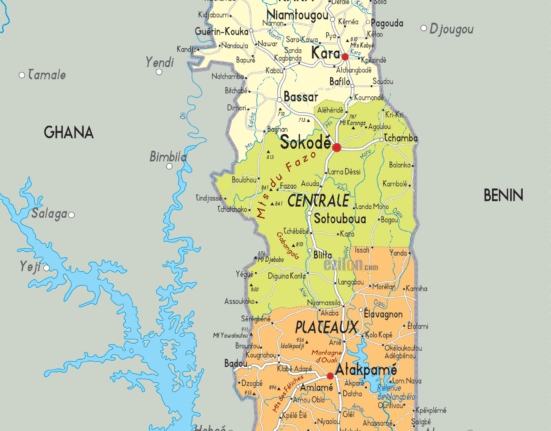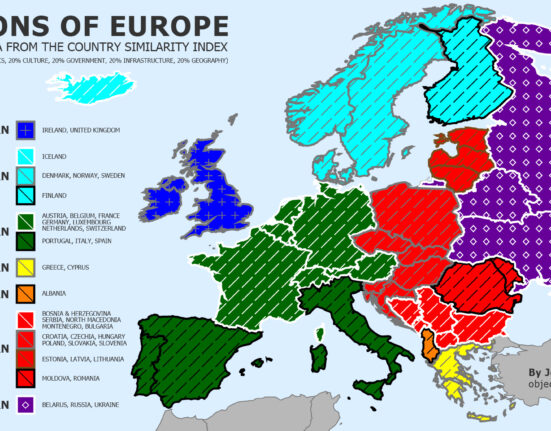For years, Brazil unwittingly played host to a clandestine and elaborate operation involving the creation of false identities for Russian agents. At least nine spies were implicated in this scheme, as revealed by investigations conducted by the Federal Police in collaboration with foreign intelligence services. These agents assumed Brazilian names, resided in cities like São Paulo and Rio de Janeiro, and led seemingly ordinary lives, until their true identities were uncovered.
One of the most prominent cases was that of Sergei Cherkasov, operating under the alias Vitor Ferreira. In a surprising turn of events in April 2022, he managed to secure an internship at the International Criminal Court in The Hague, only to be denied entry by Dutch immigration authorities following a warning from the United States. Upon being sent back to Brazil, he was subsequently arrested. The television program Fantástico obtained exclusive access to a video of a testimony detailing the inner workings of the Russian “Spy Factory” in Brazil. This operation extended beyond mere document forgery.
Despite facing espionage charges, the Federal Public Ministry has yet to substantiate any concrete actions, leading to his continued detention as per the Supreme Federal Court’s decision, while Russia seeks his extradition on grounds of drug trafficking. From a ‘forrozeiro’ to a ‘dangerous heroin trafficker’: the two fabricated stories of the Russian spy detained in Brazil. ‘We celebrated birthdays, went to bars together’: Russian spies made friends and even developed romances in Brazil. Exclusive testimony unveils details of the Russian spy “factory” in Brazil.
The New York Times recently published an article listing nine Russian spies who operated in Brazil. These spies meticulously erased traces of their Russian origins and crafted entirely new identities while in the country. Among the identified spies were Sergei Cherkasov, known as Vitor Ferreira; Artem Shmyrev, who went by Gerhard Daniel Campos Wittich; Aleksandr Andreyevich Utekhin, adopting the name Eric Lopes and posing as a jeweler; Vladimir Danilov, using the name Manuel Francisco and living with a partner; Yekaterina Danilova, known as Adriana Carolina Pereira and in a relationship with Manuel; and an unnamed Russian agent who assumed the identity of Maria Luísa Dominguez Cardoso. Three other Russian agents, whose Brazilian aliases remain undisclosed, fled to Uruguay.
The revelations of these covert operations underscore the intricate web of espionage activities that can unfold beneath the surface of seemingly ordinary lives. The intricate web of deceit and intrigue woven by these spies serves as a stark reminder of the lengths to which intelligence agencies will go to further their objectives.
The implications of such operations extend far beyond individual cases, raising concerns about national security vulnerabilities and the need for enhanced vigilance in an increasingly interconnected world. The blurred lines between reality and deception in the realm of espionage highlight the challenges faced by authorities in detecting and thwarting such activities.
As we delve into the shadowy world of espionage and false identities, it becomes evident that the truth is often stranger than fiction. The saga of the Russian spies in Brazil offers a glimpse into a realm where trust is a rare commodity, and betrayal lurks around every corner. In a world where appearances can be deceiving, the story of these spies serves as a cautionary tale, reminding us that the cloak-and-dagger world of espionage is not confined to the pages of spy novels but can manifest in our midst with startling consequences.









Leave feedback about this